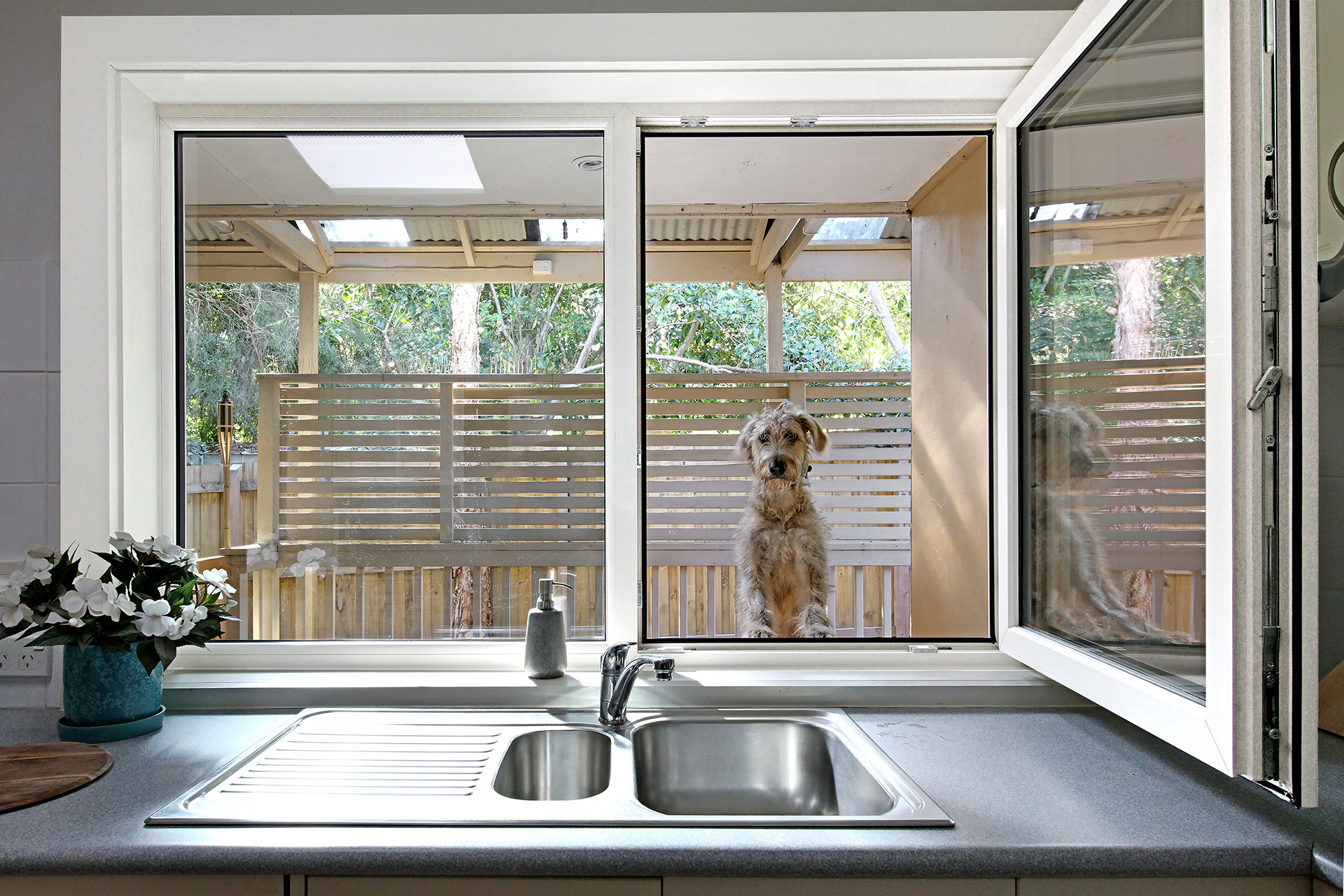All Categories
Featured
Table of Contents
Magnetite: Australian Retrofit Double Glazed Windows in Swan View WA
Glazing just means the windows in your home, consisting of both openable and set windows, in addition to doors with glass and skylights. Glazing in fact simply indicates the glass part, however it is generally utilized to refer to all aspects of an assembly consisting of glass, movies, frames and home furnishings. Focusing on all of these aspects will assist you to accomplish reliable passive style.

Energy-efficient glazing makes your house more comfortable and significantly lowers your energy costs. Improper or improperly developed glazing can be a significant source of undesirable heat gain in summer and substantial heat loss and condensation in winter. As much as 87% of a house's heating energy can be acquired and approximately 40% lost through windows.
The Science Behind Double Glazed Windows in Mariginup Perth
Glazing is a substantial financial investment in the quality of your home. The cost of glazing and the cost of heating and cooling your house are carefully related. A preliminary investment in energy-efficient windows, skylights and doors can significantly decrease your yearly heating and cooling expense. Energy-efficient glazing likewise minimizes the peak heating and cooling load, which can reduce the needed size of an air-conditioning system by 30%, resulting in further expense savings.

This tool compares window choices to a base level aluminium window with 3mm clear glass. Understanding a few of the essential residential or commercial properties of glass will help you to pick the very best glazing for your home. Key properties of glass Source: Adapted from the Australian Window Association The quantity of light that goes through the glazing is referred to as noticeable light transmittance (VLT) or noticeable transmittance (VT).
Double Glazing - Windows - Doors in Westfield Perth
This might lead you to switch on lights, which will lead to greater energy costs. Conduction is how easily a product performs heat. This is referred to as the U worth. The U worth for windows (expressed as Uw), explains the conduction of the whole window (glass and frame together). The lower the U value, the higher a window's resistance to heat circulation and the better its insulating value.
If your house has 70m2 of glazing with aluminium frames and clear glass with a U worth of 6. 2W/m2 C, on a winter season's night when it is 15C colder outside compared with inside, the heat loss through the windows would be: 6. 2 15 70 = 6510W That is comparable to the overall heat output of a big space gas heater or a 6.
Stay Cool This Summer With Double Glazed Windows - Aaa Glass in Coolbellup Perth

If you choose a window with half the U value (3. 1W/m2 C) (for example, double glazing with an argon-filled gap and less-conductive frames), you can cut in half the heat loss: 3. 1 15 70 = 3255W The solar heat gain coefficient (SHGC) for windows (revealed as SHGCw) measures how readily heat from direct sunlight flows through an entire window (glass and frame together).
The lower a window's SHGC, the less solar heat it transmits to the house interior. The real SHGC for windows is affected by the angle that solar radiation strikes the glass.
Double Glazed Windows Sydney in Two Rocks Perth
When the sun is perpendicular (at 90) to the glass, it has an angle of incidence of 0 and the window will experience the optimum possible solar heat gain. The SHGC stated by glazing manufacturers is always determined as having a 0 angle of occurrence. As the angle increases, more solar radiation is shown, and less is sent.
Latest Posts
Double Glazed Windows in West Leederville Perth
Double Glazed Windows Melbourne in Medina Western Australia
Double Glazing Companies Near Me Reviewed 2023 in Huntingdale WA